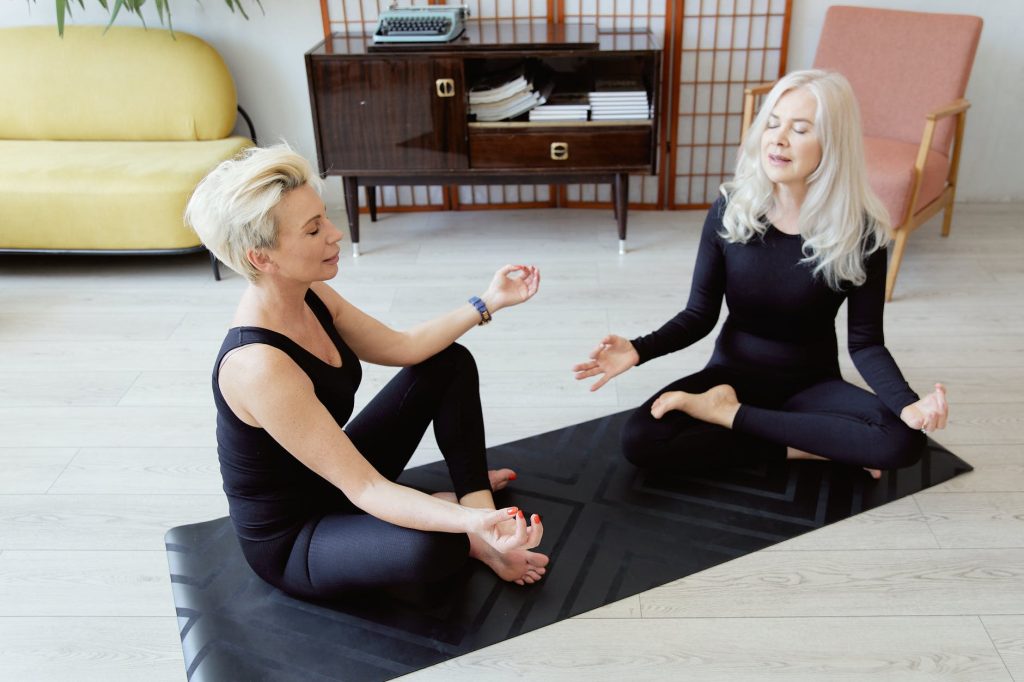As we get older, our body can face new challenges. Our activity levels, recovery times, and energy can take a nose dive as we reach our 50s – something that we didn’t have to worry about at all during our 20s and 30s.
As we age, we lose muscle mass and bone density. Our body’s metabolism slows down. We also tend to develop sleep problems or new sleep patterns which in turn can have a negative effect on our energy levels.
So the question you probably want to know is, is it still ok to exercise when you’re 50 and up?
The answer is a resounding yes. Granted, there may be things you’re no longer able to do – or at least, discouraged from doing. But every day we see athletes and triathletes in their 50s 60s and 70s still at it. So why shouldn’t you?
To help you stay active in your 50s, here are some tips you may want to consider.
1. STRENGTH TRAINING
Strength training is highly beneficial to people in their 50s. You can use free weights, body weight or resistance bands for such workouts. Doing so will help you maintain muscle mass for easier movement, resulting in an enhanced quality of life.
If you’re new to strength training, it’s recommended that you get a fitness professional in the first few sessions at least, so you can achieve your perfect your form and more importantly, avoid injury. Many gyms like Fitness First and LA Fitness have personal trainers you can hire for a few sessions.
After you have learned the basics, target specific areas of your body and remember to keep your exercise routines varied. You may want to do HIIT workouts 1-2x per week which can help build strong bones, a healthy heart and stronger lung capacity.
2. SWIMMING AND CYCLING
It’s a good idea to pay attention to your body’s response to exercise and if you find that you’re suffering from pain in the joints, you may need to modify your workout routine. Switch to a low impact exercise like swimming and cycling.
Doing so can help you maintain heart and lung health, boost mood and lower blood pressure. Besides, swimming or cycling with a group can also be a fun, sociable experience.
3. BRISK DAILY WALKS
Just like cycling and swimming, brisk walking daily is good for the heart and lungs, and it’s a good way to zone out. Moreover, if one of your fitness goals is to shed a few pounds, walking can definitely help you achieve that.
An English Health Survey study found that individuals who do brisk walking for 30 minutes 5x a week have a lower BMI than those who are less active.
4. YOGA
As we age, our balance is also affected. Experts recommend incorporating simple posture exercises into your workouts as often as possible. If you can, consider doing 20-30 minutes of yoga daily to improve balance and flexibility. Don’t be intimidated with yoga, you can always try the easy poses that allows you to stretch your muscles before doing any of the complicated ones.
Another pointer to keep in mind – practice mindful breathing when exercising. Make sure you’re breathing properly because holding your breath can have an adverse effect on your mood and consequently, your ability to exercise effectively. Remind yourself to take slow and deep breaths.
Finally, to prevent burnout, boredom and fatigue, always vary your workouts. You want to build an active lifestyle, not just to workout for a few weeks and quit. When you try continue to try various kinds of exercises, you’ll continue to challenge yourself every single day. Just make sure you get proper guidance when doing any kind of exercise for the first time to prevent injury.
